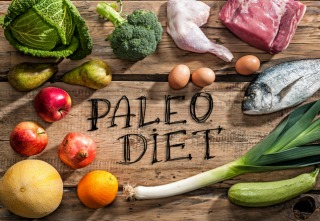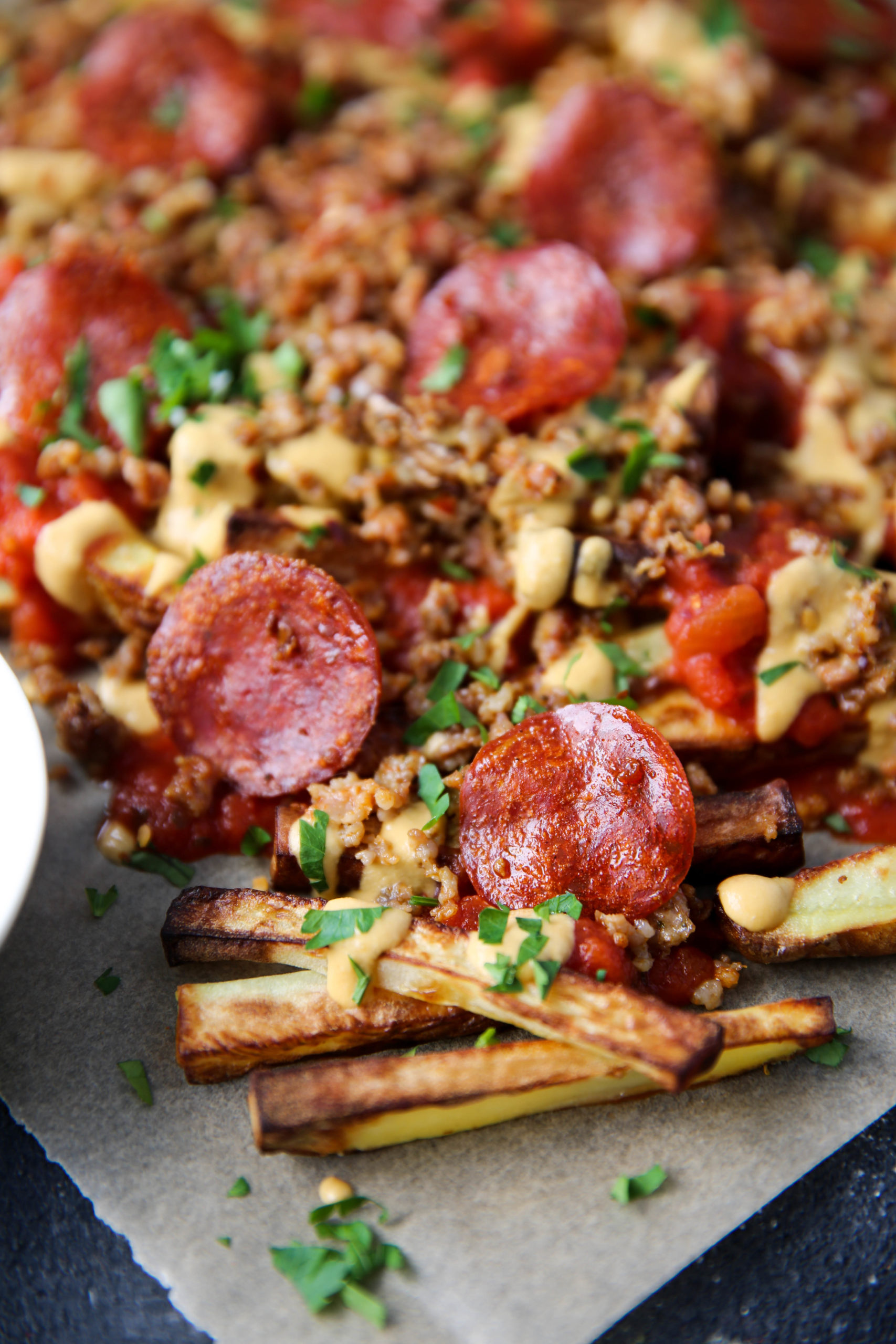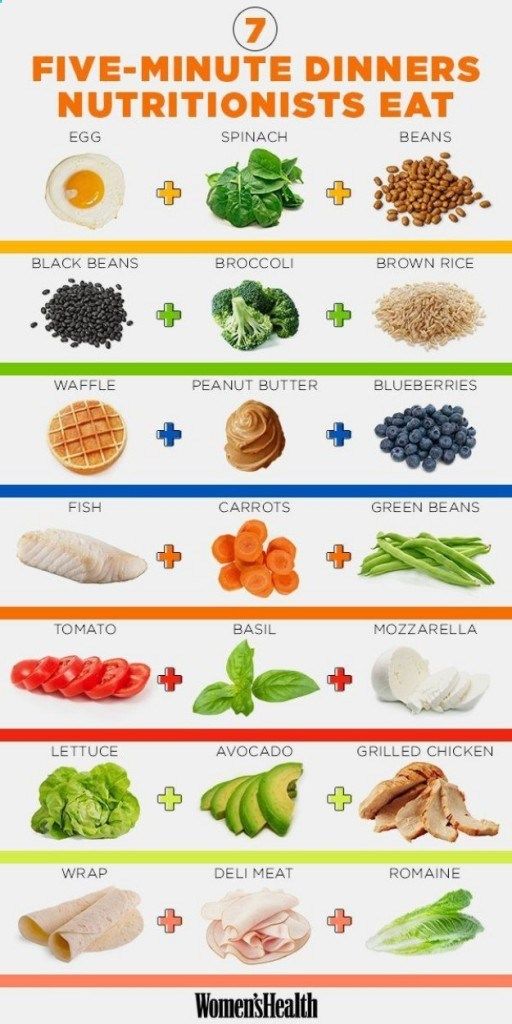
The paleo diet emphasizes eating food that our ancestors would have eaten. This diet includes foods like bananas with almond butter and dried pumpkin seed. It is also filled with chicken, sweet potatoes, and vegetables. EatingWell recognizes the importance of certain foods, even though the paleo diet can seem restrictive. We will discuss the best foods to eat while keeping a healthy diet.
Pola Makanan Paleolithic Manusia
Christina Warinner, Ph.D., studied pola makan manusia purba and mitos-mitos pola makanan paleolithic manusia in 2010. She claims that manusia Paleolithic manusia ate large amounts of daging as well as all types of meat. This myth was popularly believed by paleolithic individuals, but it is now obsolete and irrelevant.
Paleo diet, also known as "diet of the manusiagua", is a way for people to eat in a similar fashion to the food that manusiagua and men used to consume. They not only improve their kesehatan but also help to preserve their heritage. This diet is not suitable for all. It is not right for everyone.
The lukisan in the Ramasokat is made up of two types of kelompokan: ceruk and lukisan gua. They were first cultivated in Liabalano, Sulawesi Tenggara, and Liabalano. The lukisan gua contains a mixture of proteins, fats, carbohydrates, and amino acids. These nutrients promote healthy living and may help us understand human evolution.

Modern people eat a varied diet that has many benefits and some downsides. People who eat foods rich with nutrients, such the Paleolithic Era diet, are more likely than others to develop diseases. You can reduce your chance of getting sick by eating clean. Clean Eating can help you eat healthier. This diet has many benefits: It is good for your health and will not cause you to get sick.
Paleolithic diet allows certain foods
Foods found in processed foods often contain added sugars, vegetable oil, and artificial sweeteners that can be harmful to your health. Excess salt and refined sugars contribute to obesity, and the high amounts of salt can lead to heart disease. Vegetable oils can also be controversial. The American Heart Association suggests that safflower and corn oil replace canola. These oils contain high levels of omega-6 fatty acids.
Some commercial paleo diets limit dairy products to a minimum. Others have more strict restrictions. The paleolithic menu includes lean pork loin with onion and carrot stuffing, roasted chicken with onions and carrot stuffing, and steamed broccoli. Other paleo diets allow for small amounts maple syrup and honey. This diet has received varying degrees of scientific research.
Paleo advocates recommend that you avoid legumes because they contain high amounts of phytic acids. These substances block the absorption from the gut of essential minerals. However, they are permitted in some cases. It's tempting to eat beans and potatoes but it's not recommended that you do so as often as other processed foods. You should instead include lots of fruits, vegetables and other healthy foods in your daily meals.
Guidelines for eating a paleolithic diet
Although they are quite different from the usual modern diet, the Guidelines to Eating a Paleolithic Diet share many of the same principles. The Paleolithic diet was primarily made of animal products. However, it is also rich and varied in plants. There are very few restrictions. It is important to remember that your genetic makeup may not allow you to eat this diet. Additionally, the increased meat consumption may be detrimental to your health. It is important to be cautious if Paleolithic living might suit you.

Paleolithic diets exclude dairy products as the most common food group. These key food groups are at high risk for nutritional deficiencies. In particular, a lack of calcium in the diet can lead to tooth decay, and deficiency in this vital mineral may have detrimental effects on your bones and teeth. Calcium also plays a key role in blood Clotting and Muscle Contracting. Whole grains lower the risk of type 2 diabetes, stroke, heart disease, as well as stroke. You may be at risk of calcium deficiency because grains were almost completely eliminated.
These guidelines are specific to Paleolithic eating. It emphasizes eating nutrient-rich plants and proteins, and limits carbohydrates and processed foods. To avoid overdoing it, it is important to carefully follow these guidelines. Each person's paleolithic lifestyle is unique. It is important to understand that the Paleolithic diet is based on a lifestyle that was prevalent 10,000 to 12,000 years ago.
FAQ
What are the benefits to using a slow cooker
Slow cookers are extremely useful as they make it easy to cook delicious meals in a short time. Slow cooker recipes often have a lower oil and fat content than traditional recipes. Because they cook for you while you sleep, slow cooker recipes can be convenient.
What skills do I need to get into culinary school?
To be a chef you need to be able and able to cook well. To learn how to cook, you should take cooking classes at your local high school or community college. Once you have mastered the basics of cooking, you will need to find work in a restaurant and catering company.
How much does culinary school cost?
The cost of a culinary school depends on where you are, how much you study, and what program or course you choose. Tuition costs range from $10,000 to $30,000. The average student graduates with $20,000 in debt. Some programs offer work-study, grants, scholarships and grants.
Are there any ingredients that I must buy in order to make a meal?
You don't necessarily need to buy any ingredients. Premade sauces can be found in most grocery stores. Pre-made meals are a great way to save money.
Which is the best way for you to learn how to cook?
Cooking is one of those things that everyone should know how to do. You'll miss out on delicious meals if your skills are not up to par. First, find a recipe that appeals to you and then follow it closely. The next step is to practice making small modifications to the recipe until it becomes second nature. Finally, try cooking for others. This will allow you to improve your cooking skills and test your abilities.
How do I get hired as chef?
To get a job as chef, you must first complete a culinary arts degree. Next, join a professional organisation such as ACF. This organization provides certification exams and offers networking opportunities.
Statistics
- According to the BLS, chefs earn $58,740 a year. (learnhowtobecome.org)
- The median pay for a chef or head cook is $53,380 per year or $25.66/hour, according to the U.S. Bureau of Labor Statistics (BLS). (learnhowtobecome.org)
- You'll be amazed that over 90% of CIA students receive scholarships and grants to finish their culinary studies. (ischoolconnect.com)
External Links
How To
How to cook your steak
The thickness of the meat determines the best cooking method. Thicker steaks should be cooked over low heat. Thicker steaks will need to cook at higher temperatures.
Don't overcook them as they will lose flavor. You should always remove the steak from the skillet when it's done. This will prevent you from burning yourself.
Cooking time will depend on the size of your steak and the desired level of doneness. Here are some general guidelines:
Medium Rare: Cook to medium rare. This means that the internal temperature should reach 145degF (63degC). This will take between 3 to 5 minutes per side.
Medium: Cook to medium (or until the internal temperature reaches 160degF/71degC). This normally takes around 6 minutes per side.
You are done when the internal temperatures reach 180°F (82°C). This usually requires 8 to 12 minutes per side.